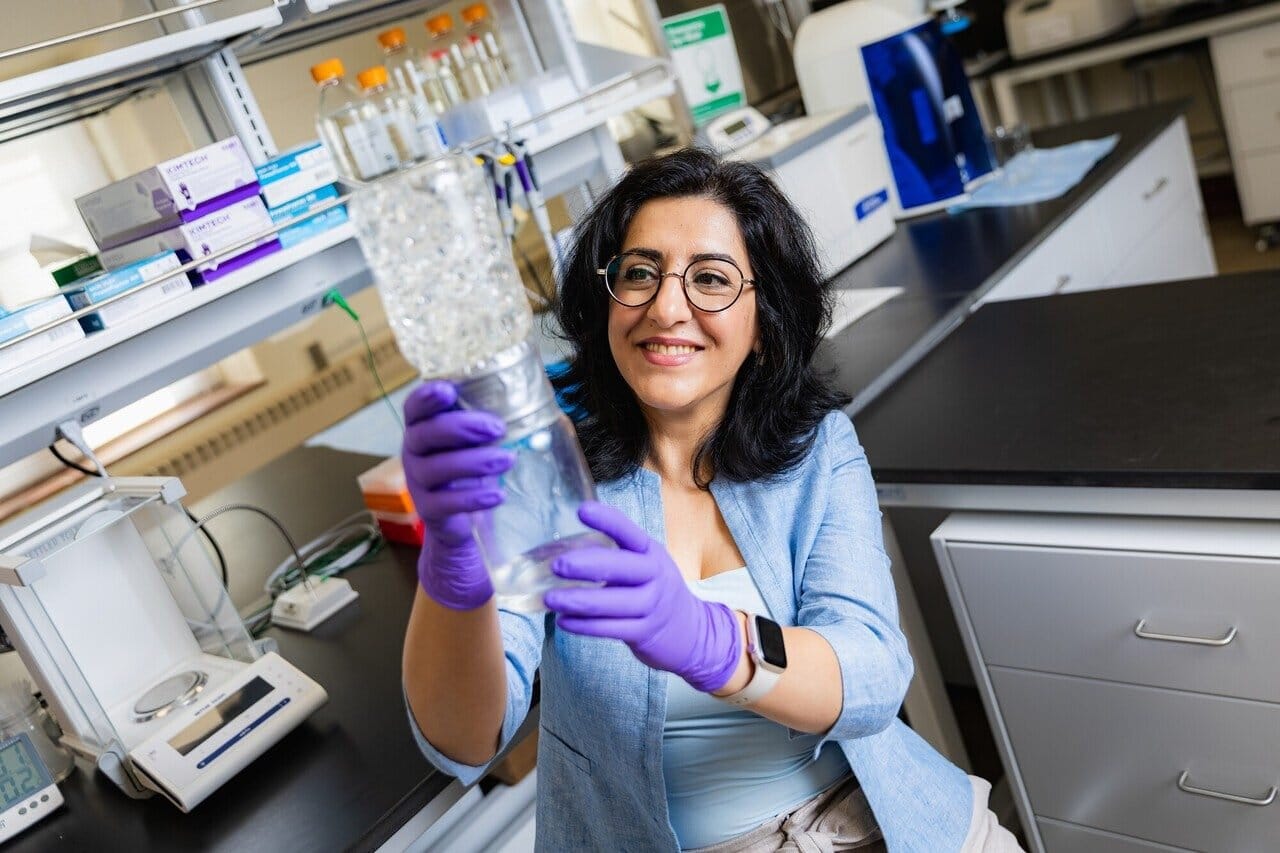For decades, biologists and physicists have stared into the microscopic world of cell membranes and seen disorder—a jittery dance of molecules that refused to follow the rules. These delicate, flexible sheets wrap every living cell, governing what enters and exits, holding organelles in place, and even helping cells communicate. Yet despite their critical role, cell membranes have acted, at times, like unpredictable enigmas.
Now, a groundbreaking study published in Nature Communications may have finally uncovered the unifying law behind their seemingly erratic behavior. Spearheaded by physicist Rana Ashkar at Virginia Tech, the research suggests that the key to understanding membrane behavior isn’t what membranes are made of—but how tightly those parts are packed together.
This shift in perspective could dramatically reshape how scientists approach disease intervention, drug delivery systems, and the design of artificial cells. In short, it may offer a blueprint for hacking life’s own architecture.
The Skin of the Cell Is Smarter Than We Thought
Cell membranes are composed mainly of fatty molecules called lipids, which float together in an oily sea. Embedded among them are proteins and cholesterol molecules that act as structural supports and communication hubs. But the membrane is far from static—it’s dynamic, shifting and flowing in response to the environment like a living ocean surface.
One of the most remarkable features of membranes is their ability to maintain homeostasis, a kind of internal balance. When the body experiences stress—say, a change in temperature or diet—cell membranes can adjust their composition rapidly to compensate. It’s as if every membrane is a self-aware organism, optimizing itself to ensure the survival of the cell it protects.
And yet, despite this intelligence, the physics of membrane behavior has remained murky.
For years, researchers believed that adding cholesterol to a membrane—a well-known manipulator of structure—should always change the membrane’s physical properties, such as elasticity or flexibility. But experimental results were inconsistent. In some cases, the membrane stiffened. In others, it remained unaffected.
“It caused a dilemma in the field,” said Ashkar. “Somehow cholesterol changed the structure of some membranes but not their elastic properties.”
Zooming In: Where Old Assumptions Fall Apart
Most prior studies observed membranes at the macroscopic level—zoomed out, watching thousands of molecules behave collectively. Ashkar’s team took a different approach. They zoomed in, far into the nanoscale, where individual interactions could be measured with precision.
Using neutron scattering and X-ray diffraction, tools typically reserved for probing crystal lattices and atomic spacing, the team peered into the heart of model cell membranes. What they found turned previous assumptions on their head.
It wasn’t the type of lipid that dictated behavior, but rather how closely packed the lipids were inside the membrane. Some lipids, it turns out, don’t like to be crowded. Others are perfectly content being shoved together. This packing density turns out to be the real determining factor for elasticity.
Think of a membrane not as a uniform balloon, but as a complex crowd at a concert. Whether that crowd sways easily or stands stiffly depends on how tightly packed the people are—not who they are.
A Unifying Law for Membrane Mechanics
This new understanding provides a much-needed biophysical framework for explaining how cell membranes behave—and why. It also offers a design principle that scientists can now apply when engineering artificial membranes.
What’s more, these findings weren’t a one-off. To test their conclusions, Ashkar’s group partnered with Michael Brown’s lab at the University of Arizona and Milka Doktorova’s lab at Stockholm University. Using nuclear magnetic resonance (NMR) spectroscopy and computational modeling, both labs reached the same conclusion: membrane elasticity tracks with packing density, regardless of composition.
That’s a powerful revelation. “Membranes can have remarkable compositional complexity,” Ashkar explained, “but what really matters in determining or predicting their elasticity is how packed they are. And that is a very, very powerful design principle that cells seem to follow—and that we can now apply in engineering lifelike artificial cells.”
From Nature to the Lab: Designing Smarter Cells
This discovery opens new frontiers in synthetic biology, where researchers attempt to build artificial cells that behave like the real thing. Artificial membranes that mimic the adaptability of biological ones could one day form the outer shells of programmable drug delivery systems, biosensors, or microscopic robots capable of moving through the body with purpose.
If scientists can now predict and control membrane behavior based on packing density, they can potentially customize artificial cells for specific environments—designing them to be stiffer or more flexible depending on the target application.
Even beyond artificial cells, this new principle could help researchers understand real diseases. Membrane dysfunction is a hallmark of many disorders, including cancer, neurodegenerative diseases, and metabolic syndromes. If packing density is central to membrane behavior, then therapeutics might one day be designed to restore balance at the molecular level—not just treating symptoms, but correcting the underlying biophysical flaw.
Bridging Physics and Biology: A New Era of Membrane Science
This work is a testament to the power of interdisciplinary science. Ashkar herself is a physicist, not a biologist by training. Her lab combines techniques from materials science, soft matter physics, and computational modeling to tackle biological questions from fresh angles.
“This is why it’s so important to look at old problems with new tools,” she said. “When we stopped thinking only about lipid types and instead focused on how they’re arranged in space, the picture became much clearer.”
It’s a striking reminder that biological complexity doesn’t always mean chaos. Beneath the shimmering dance of lipids lies an elegant principle—pack tighter, stiffen more; pack looser, flex freely.
The Future of Membrane Biophysics Is Bright
As researchers continue to unravel the molecular rules that govern life’s machinery, discoveries like this one illuminate more than just scientific pathways—they open emotional ones too. They show that life, for all its complexity, often boils down to beautiful simplicity.
The cell membrane, long thought to be mercurial and unpredictable, turns out to follow its own form of logic. We just had to look closely enough.
In doing so, Rana Ashkar and her colleagues may have laid the foundation for next-generation therapies, artificial life forms, and a deeper understanding of life itself. Sometimes, the secrets of the universe don’t lie in the stars—but in the thin, oily skin that holds each of our cells together.
More information: Teshani Kumarage et al, Cholesterol modulates membrane elasticity via unified biophysical laws, Nature Communications (2025). DOI: 10.1038/s41467-025-62106-0






